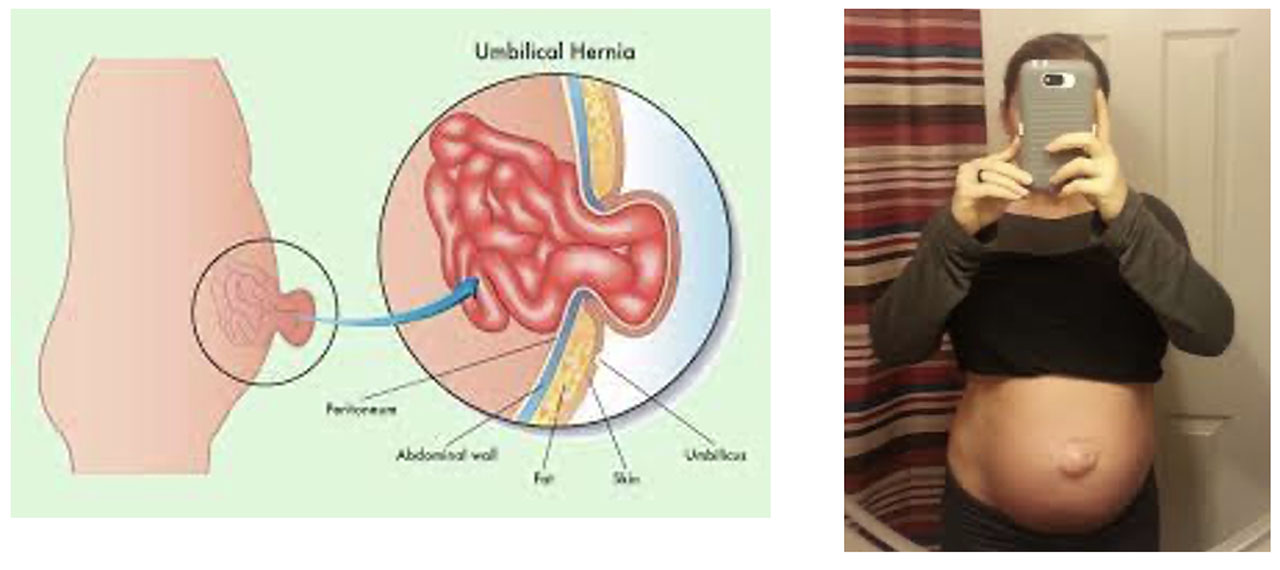UMBILICAL HERNIA IN PREGNANCY CASE STUDY
“I was told that nothing can be done about an umbilical hernia late in 2nd pregnancy. That I just have to wait until afterwards and then get surgery”
“But I work on my feet and it’s aching by mid-morning. I think it’s getting gradually bigger, and I’m not sure if I ever want surgery.
Luckily there are a few things that CAN be done to help during pregnancy.
Umbilical hernias happen when pressure/strain cause our organs to bulge into a weak spot in the connective tissue in our belly button.

Some people are genetically more prone to hernias than others.
Pregnancy already puts significant strain through the abdominal wall. If you’re genetically prone to hernia, you can get one, especially if too much additional pressure is added. For example:
-
- Chronic coughing/sneezing
- Vomiting
- Abdominal exercise that’s too hard or done with poor technique
- Straining to pass difficult bowel motions
- Heavy lifting/carrying
Umbilical hernias are typically harmless but can be uncomfortable or aesthetically bothersome to the individual.
What we did:
-
- Taping + taught her how to replicate the taping independently
- Fitted comfortable support garments
- Diastasis (muscle separation) self-management strategies so that it doesn’t get unnecessarily wide and create more of a weak spot for the hernia
- Education about how to stop or minimise it from worsening
- Strategies to minimize toddler carrying
- Toddler carrying options that put less pressure on her bellybutton
She was very pleased because the taping and support wear resolved her discomfort at the time, and she predicted they would significantly improve her discomfort at work.
I was very pleased because it seemed like there was a good chance we could prevent the hernia worsening further in her pregnancy.
Once the connective tissue weakness is there, it remains. It can’t disappear without surgery. It either stays the same or can worsen in some cases (but that is unlikely after pregnancy because the pressure on the belly reduces so dramatically).
The good news is that does NOT mean that it will always feel and look the same!
The connective tissue might have the potential for the same sized bulge, but it’s halved or gone. Most women are far less bothered by a small patch of stretched skin than a protrusion that is visible through tight clothing, and uncomfortable every time they cough.
Symptoms such as discomfort are almost guaranteed to go away after pregnancy.
I recommended returning 2 weeks after giving birth so that we could assess the best starting point and strategy for abdominal rehab. There is room for improvement in muscles and connective tissue for a long time after giving birth.
If after a good stint of rehab, her umbilical appearance bothers her enough to consider surgery, she can.
Women are entitled to seek a surgical opinion without a good stint of rehab as well. This lady wanted to try everything else first. The good thing about that approach, is that if she does ever opt for surgery, her body will be stronger and she will know more about how to manage pressure on the area, so the hernia is less likely to recur after surgery.

